Mainstream Patient Navigation
Overview
Patient advocacy organizations are adept at helping patients navigate local health care systems for needed services and in how they might overcome access barriers that occur along the way. They are also expert at educating patients on how to self-manage their conditions in between medical appointments and as a complement to clinical management. With the Covid-19 pandemic, these areas of expertise have been invaluable. Due to the lockdown, more patients than ever have turned to patient organizations for navigation and self-management help because of a combination of fear and anxiety, the partial interruption of non-Covid-19 medical services, and the lack of alternative sources for guidance.
The response by patient organizations has been heroic. Many have expanded beyond their comfort zone to help patients in cities and regions not typically covered by the organization, or to help patients with diseases or conditions unrelated to their mission. When health access barriers were amplified by news and media reports-especially early on in the pandemic-patient advocacy leaders handled a tremendous increase in patient referrals. Many also expanded beyond their typical services to provide food for patient families, to negotiate quarantine conditions (for situations where patients were separated from their caregivers), to arrange for private transport for patients (to avoid public transit), or, for example, to sponsor blood collection drives to ensure sufficient future supply.
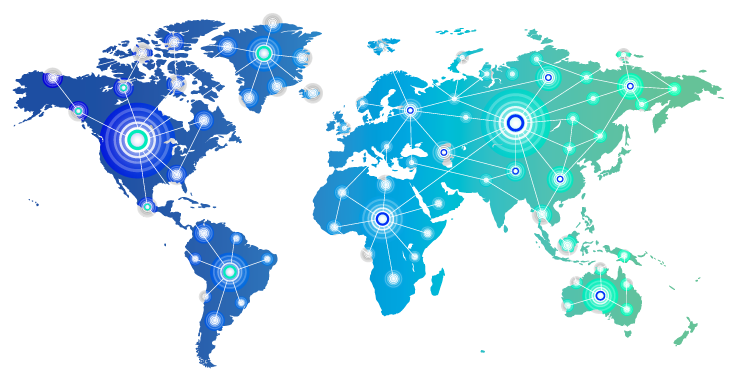
Depending on what is needed most at any given time, patient organizations are able to assume the role of peer educator, patient navigator, community health worker, or social counselor. The impact of Covid-19 has meant assuming all of these roles, sometimes all at the same time.
In many respects, this dedication is simply an amplification of the different roles many patient organizations have and the flexibility of these groups to respond to the lived experience of patients. Depending on what is needed most at any given time, patient organizations are able to assume the role of peer educator, patient navigator, community health worker, or social counselor. The impact of Covid-19 has meant assuming all of these roles, sometimes all at the same time.
This raises important questions about the value of patient navigation services-which here is defined broadly as a mix of all of the above competencies-in the delivery of health care and whether these types of services should be mainstreamed as a strategy for improving health and health systems. If so, how might governments invest more into patient navigation and how can the work of patient- based organizations be incorporated into either a new or existing national network of navigation service providers?.
Policy Gap
Patient navigation is increasingly recognized as an important element in quality health care. For at least a decade, it has been recognized as important in oncology care mostly in high-income countries with programs run by nurses or other specialists paid for by the system itself.
Navigation is also used as a strategy in many global health programs where, for example, achieving goals in safe motherhood relies on community outreach and education. But outside of limited oncology and global health programs, patient navigation is hardly ever mentioned in the context of the work of patient advocacy organizations. It is almost never mentioned as a high priority for government. The experience of patient organizations with the pandemic is an opportunity to change this.

Governments should invest funds to mainstream patient navigation services and should look to patient organizations to provide high-quality programs in a variety of disease areas. Public financial support of patient navigation will help professionalize and bring needed scale to these services, while also advancing knowledge and understanding of the most prevalent access barriers from the patient perspective. Most importantly, patients and the public will benefit from navigation programs that can help increase quality of life and improve health outcomes. Government agencies with health oversight should work directly with the patient advocacy community to determine which navigation models work best. Meanwhile, policymakers should work with the advocacy community to explore options for public financing of patient navigation.
Key Messages
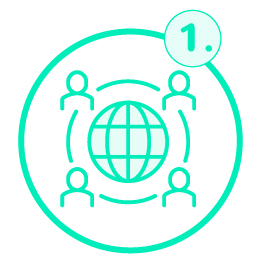
Navigation services provided by patient advocacy organizations have been essential for patient access to non-Covid health services during the pandemic.
This creates an opportunity to mainstream these kinds of services to raise the quality of the experience patients have with the health care system, improve quality of life, and improve health outcomes.
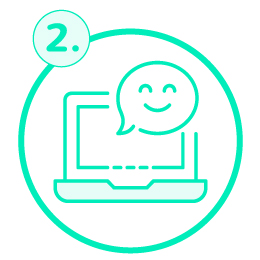
The difficult economic situation most countries will face even as the pandemic recedes likely means demand for patient navigation services are going to increase as those without economic means continue to look to patient advocates for navigation assistance.
Now is the right time to expand the availability of patient navigation.

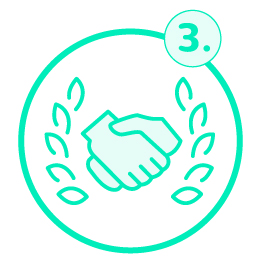
Health officials and policymakers will probably have fewer resources at their disposal to devote to health care after the pandemic subsides.
Navigation programs run at the community level by patient organizations can be an efficient mechanism for patients with chronic diseases to continue to access services. This will help prevent more serious disease complications from developing and avoid higher costs to the system later.
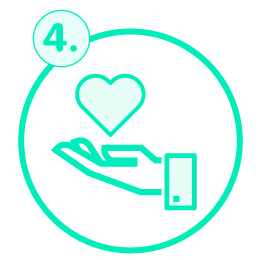
Patient organizations have been an important outlet to help explain to anxious patients why some health services have been temporarily suspended and how these patients might best manage their condition until those services are back online.
Self-management education can be an important element in comprehensive patient navigation.
In addition, patient advocates can help implement "catch-up" campaigns for priority patients once health systems return to normal, thus avoiding a backlog in services.

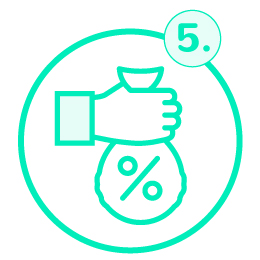
Public funding for patient navigation is an investment in community health and patient organizations should be the government's partners of choice in the community for patients in need of navigation services.
Public funding is essential since patient organizations do not typically raise funds directly for patient navigation activities.
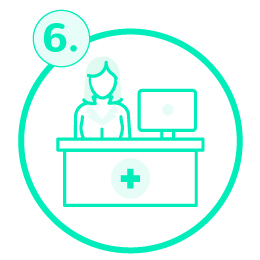
On-site navigation services at hospitals and clinics have traditionally been very visible programs for many patient organizations, but have been mostly shut down due to their "non-essential" status during the pandemic.
One way to make sure these services remain available in the community is to facilitate their provision by patient-based organizations outside of clinic settings.

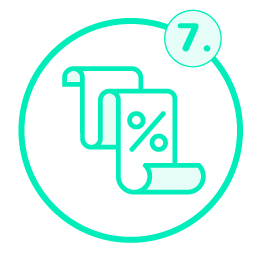
Public funding of navigation services can include a mandate for the patient organizations to better track outcomes and collect other data on the impact of these services in a more systematic way.
This increases transparency and accountability. Collectively, this data can then also help form the evidence base for future health policies to improve system services and access.
Questions and Answers
Questions
Why should the government fund patient navigation services? Couldn't the government fund its own public health workforce to do this?
Answers
The only way to expand patient navigation services meaningfully is with public funding that prioritizes building a quality-driven health care delivery system. The government could do this on its own, but it would be more efficient as a public-private partnership with patient organizations who already provide many of these services.
Government funding would give health authorities and agencies the opportunity to provide oversight of these important patient services. Meanwhile, patient organizations can use the funding to professionalize the navigation programs they provide.
Questions
Could you describe? what a government funded program might look like, including potential sources for public funding?
Answers
Several countries are moving rapidly to expand patient navigation services in public health systems and at the same time finding ways to pay for it. In many countries, these are called community health worker programs. These models should be explored to find the best fit for local circumstances.
One idea is to partner with tier 3 and 4 specialty hospitals to fund patient navigation in specific disease areas where there are patient organizations willing to implement evidence-based programs. Another idea is to work with health rights agencies who can help organize and oversee navigation programs along with patient groups.
Limited pilot programs can help all stakeholders involved determine what works best. From the patient organization point of view, government support needs to be flexible enough so that public funding does not jeopardize the ability to raise funds from additional sources of support.
Research Resources
A September 23, 2020 perspective article in the New England Journal of Medicine discusses the important role of community health workers and community- based organizations for disadvantaged populations in the U.S. in the context of Covid-19. The benefits described are very similar to what patient advocacy organizations have been able to achieve during the pandemic in other parts of the world.
Available atA May 8, 2020 article from the Center for Global Development discusses the range of factors governments in low and middle-income countries should consider in decision-making to minimize health disruptions due to Covid-19, including policy adaptations and workarounds such as "successful deployment of community actors" and other strategies.
Available atThe Pan American Health Organization (PAHO) published a short report in June 2020 of a survey they conducted of managers of government non-communicable disease (NCDs) programs throughout Latin America to know how Covid-19 had impacted established programming and funding for NCDs. There is a list of the items that NCDs managers asked of PAHO, nearly all of which are services routinely provided or that could be provided by patient organizations.
Available atA 2017 article in the Journal of Global Oncology argues for the implementation of a patient navigation program in Brazil specifically tailored to improving adherence to the Law of 60 Days. The law, passed in 2012, mandates that for any confirmed diagnosis of cancer in Brazil's public system, treatment has to occur within 60 days. However, up to 70 percent of women with diagnosed breast cancer in Rio de Janeiro, for example, reportedly do not access treatment within that timeframe. Patient navigation is proposed as a solution.
Available atThis article in the July 2020 issue of Health Affairs discusses the many roles of community health workers to deal with Covid-19 and related needs in the U.S. Community health worker programs are very similar in nature and scope to the patient navigation services provided by patient advocacy organizations.
Available atThe World Health Organization (WHO) provided guidance June 1, 2020 to governments on maintaining essential health services during the pandemic. Section 1.10 of the report (page 17) lists communication strategies. All six suggested action items in this section are activities aligned with existing capacities of patient organizations.
Available atThe United Nations Economic and Social Council (ECOSOC) passed a resolution at the end of July 2020 to scale up resources to fight NCDs in the Covid-19 context. The call for more resources and technical support for governments recognizes the collateral impact of Covid-9 on NCDs and recommends innovative multi-stakeholder and multi-sectoral strategies.
Available atQuotes from Academia
1 "We believe that community health worker [CHW] programs should be carefully designed, offer adequate training...and be integrated into stable systems with sustainable funding...CHWs should be members of both the health care teams and the communities in which they work. As we define our path forward from the Covid-19 crisis, we should recognize the integral work of CHWs in supporting patients and communities, including the critical role they have played as frontline team members during the pandemic. Now is the time for payers and health care systems to take action to invest in a sustainable CHW workforce."
2 "Our health systems struggle to cope with an emergency while also responding effectively and equitably to the health care needs of people living with NCDs. We need a paradigm shift to include the prevention, screening, early diagnosis and appropriate treatment of NCDs as a part of primary health care for universal health coverage: First, we should have the voices of people living with NCDs at the table when making decisions that directly impact them. Second, existing global financing instruments must be extended to low-income countries that request support for NCDs. Third, constructive dialogues and partnerships with the private sector are needed. We cannot go back to the same health system models which have failed the majority of people living with NCDs. We need to build back better."
[Video coverage available at]
3 "People living with ill health or disability need more than medicine. They need care and support, connection and friendship. Social care, charities and communities are part of this vital, life enhancing fabric of life...charities and communities need to be enabled to take part in the design and delivery of future care models. Any policy efforts to rebuild services need to actively address and dismantle barriers between sectors"
[Available at]
Videos
Aurora BayCare / February 7, 2015 / 3:40 / Inglés
Launch of a patient navigator program for heart health developed by the American College of Cardiology.
Navegación de Pacientes Internacional / February 8, 2020 / 3:06 / Spanish
The benefits for a patient that has been "navigated"
Discussion among experts of the collateral impact of Covid-19 on patient care for other diseases and on the US health care system.
https://www.nejm.org/doi/full/10.1056/NEJMe2027046
NCAN México / October 14, 2010 / 10:09 / Spanish
Describes the patient navigation program of Mexico's National Cancer Institute.
Centro Medico Imbanaco / July 31, 2017 / 38:43 / Spanish
Conference on Patient Navigation in Health Care Systems.
Further Reading
In a review published in PLOS One on October 17, 2019, researchers summarize the results of 14 studies on patient navigation programs in low- and middle-income countries. Insights and recommendations are provided for how to apply lessons learned in high-income countries to lower-resource settings.
In a study from Argentina (in Spanish) that surveyed major medical centers, researchers describe the estimated impact of the delay in services caused by the pandemic lockdown for patients with heart disease, stroke, and cancer. The authors call for new ways to treat patients with diseases of high morbidity and mortality even as the fight against Covid-19 continues...to not do so risks moving backward on all of the recent advances made in treating and managing these diseases.
An example of a patient navigation services brochure in Spanish provided online by a well-known cancer center in the U.S.
An article from Consumer Health Products Canada discusses the increase in demand from Canadians for information and advice on self-care at home in the context of Covid-19.
The NCD Alliance in Ghana called on their government to not ignore NCDs in the context of Covid-19. The communication was based on a nationwide survey of patients that found the biggest challenge was access to medicines either because of supply problems or sudden non-coverage by the health system.
Suggested Tweets
Patient organizations have innovated in their assistance to non- Covid patients during the pandemic. We can do much more now and in the future with appropriate government support of patient navigation programs.
#patientnavigator #patientnavigation #navegaciondepacientes
The number of non-Covid patients waiting for care and treatment is a crisis that will continue long after the virus is under control. Patient navigation programs are essential, but we need the government's support to make these programs available on a wider scale.
#patientnavigator #patientnavigation #navegaciondepacientes
Patients with serious medical conditions have more than Covid-19 to worry about. Patient navigation is an important strategy to limit the indirect impact of the coronavirus on growing rates of cancer, hypertension, and diabetes nationwide.
#patientnavigator #patientnavigation #navegaciondepacientes
Government funding of patient navigation is an important investment in community health and sends a strong signal of support for a better health care system. Patient organizations are ready to help make this happen.
#patientnavigator #patientnavigation #navegaciondepacientes
#Hashtag
Sample Sign-on Letter for a Coalition
Dear AAA (insert name of policy/decision maker):
The undersigned leaders of the largest and most influential civil society patient-based advocacy organizations in BBB (insert country) are writing to seek your support of patient navigation services program financed by the health care system.
Patient navigation has become an essential service during the Covid-19 pandemic. During lockdown, patients with chronic non-communicable diseases like cancer, heart disease, diabetes, respiratory conditions, and many others, were afraid to access services they required, plus the temporary closure of medical sites discouraged many from seeking care. Our civil society advocacy groups took the lead in helping patients decide what to do, where to go, what they would need, and how to get there. In many cases, we advised patients on how to best handle their disease until normal services return. In others, we helped patients communicate effectively with health care officials and agencies to overcome barriers to access.
It has always been, of course, a big part of our respective charity missions to provide patients with these navigation services. What we have learned with the pandemic, however, is that each of our organizations would be able to provide these services at a much greater scale if we had funding support from the government.
Professional navigation services can help increase access, improve patient outcomes, and lessen the burden on hospitals, clinics, and physicians to provide these social support services. As such, we believe a funded program would pay dividends for the health care system as a whole and well into the future.
We have good ideas for how a patient navigation program funded by the government could be implemented as a public-private partnership between health care agencies, hospitals, and our civil society patient-based associations.
If you agree, our organizations are at your disposal for further discussion and consideration. Please contact CCC (insert name of contact) via email (insert email address) or phone (insert phone number) in response to this letter or with any questions as you consider this idea.
Sincerely,
(Name)
(Organization)
(Signature)
...repeat number of signatories as necessary...
Sample Media Placement
Patient navigation in health care is a multi-dimensional concept driven by the dual goals of improving patient outcomes and the patient experience with a health care system. By helping a patient diagnosed with cancer, for example, find out where to go, when, and how, plus for instance what questions to ask during a doctor's visit, navigation services empower the patient and make more efficient the delivery of care to that person, especially when most country health care systems are fragmented and complex. Good patient navigation is increasingly recognized internationally as a factor in how well a patient does with their diagnosis. There is strong evidence that patient navigation in breast cancer, for example, leads to earlier diagnosis, fewer unnecessary tests, and better health outcomes.
Some patient navigation services are provided by professional nurses or trained social workers contracted by the health care system itself (particularly in higher income countries), but many of the same non-clinical services are also provided by patient advocates at the community level. Because most medical offices and clinics are closed during the Covid-19 pandemic, many patients have turned to patient advocacy organizations to meet their navigation needs.
The navigation services provided by patient advocacy groups during the pandemic have been many, some of which include:
- Information and advice about Covid-19 and specific health risks for patients with specific diseases or conditions;
- Personalized advice to determine if a patient should leave their house for a physician's visit, diagnostic test, to continue to receive their medicine, or even if it's safe to go to the pharmacy;
- Logistical support for a medicine or related health supplies to be delivered to a patient's home, and/or help with the process to increase a medicine prescription quantity to limit the number of trips outside;
- Private ride-sharing arrangements for patients and their caregivers to avoid public transportation in order to reach necessary health care services;
- Advice and preparation assistance to patients for tele-consultations with a physician or other health care provider;
- Education and advice on self-management when diagnostic tests, doctor appointments, or medical procedures are postponed or canceled; and
- How to obtain necessary authorizations from different health agencies (to overcome a bureaucratic access barrier) without having to do this in person.
In addition to pandemic-specific situations, patient advocacy organizations also routinely handle questions patients have about their disease, provide emotional support to address anxiety, give nutritional advice when diet is important in self-management, and provide the latest information on the medicines and diagnostic tests typically used to treat or diagnose a specific disease or condition.
Importantly, most of these navigation services are provided by advocates virtually and usually at no cost to the patient or caregiver participant. This is critical for low- income and otherwise vulnerable populations with limited resources or accessibility to private, professional advice.
Given the range of services provided and the growth in demand for this kind of assistance, the time is now for the government and the health care system to fund patient navigation programs. Here is why:
- Difficult economic circumstances-exacerbated by the pandemic and projected to occur well into the future-will increase demand for affordable health care services. Navigation programs can help ensure continued access to health during the difficult road ahead;
- Government support can help advocates to professionalize navigation programs and better ensure the public is aware of their availability. Transparency and accountability will be greater with public sources of funding;
- Patient navigation can lead to cost-savings over time for both the health system and for individual patients required to pay for services out-of-pocket. In economic terms, there are less "transaction costs" when a patient's journey through the health care system is smoother; and
- It is the government's responsibility to respect and help all citizens exercise their constitutional right to health. Patient navigation is increasingly viewed by experts as an effective approach to increasing access and improving health care quality, both of which are foundational elements for health rights and protection.
For more information about patient navigation programs and patient advocacy organizations, please contact AAA (insert contact information) or find further information at BBB (insert website resource).
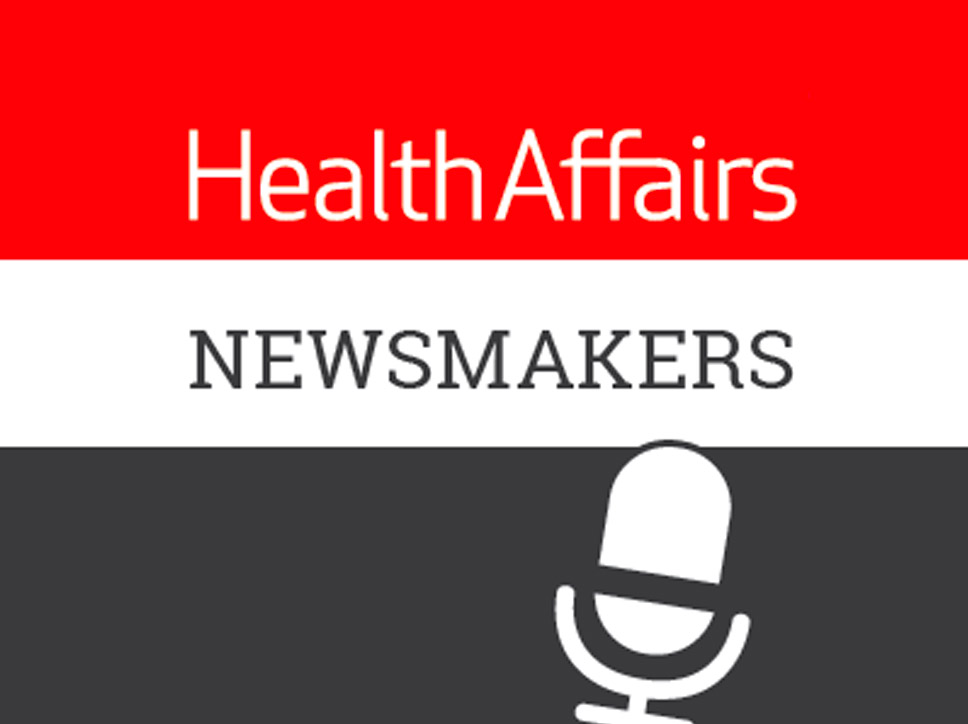
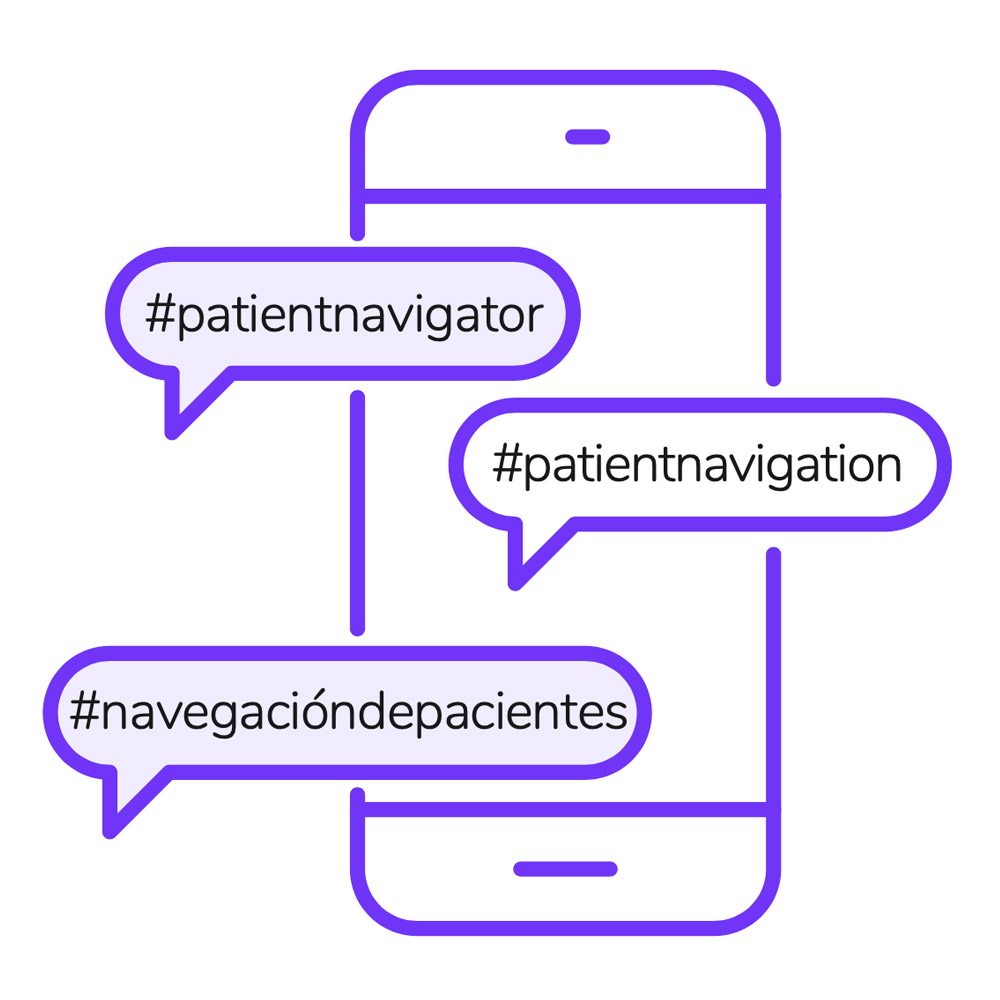
Social Media Sample Graphics
"A potential tsunami of demand for services from non-Covid patients who postponed diagnosis and treatment during the pandemic will put further stress on our health care system. Government support of navigation services provided by patient advocacy groups can ensure we are ready for what's coming. Patient navigation will continue to be an important strategy in the face of continued economic hardship after the pandemic recedes"
- Name, Title
"Patient navigation services are an efficient means for the government to ensure a better experience for patients in the health care system, can help improve patient outcomes, and reduces the burden on busy physicians and hospitals to provide social support. Patient advocates are expert navigators. This is an opportunity for government and civil society to work closely on improving access and building confidence in health care system delivery."
- Name, Title